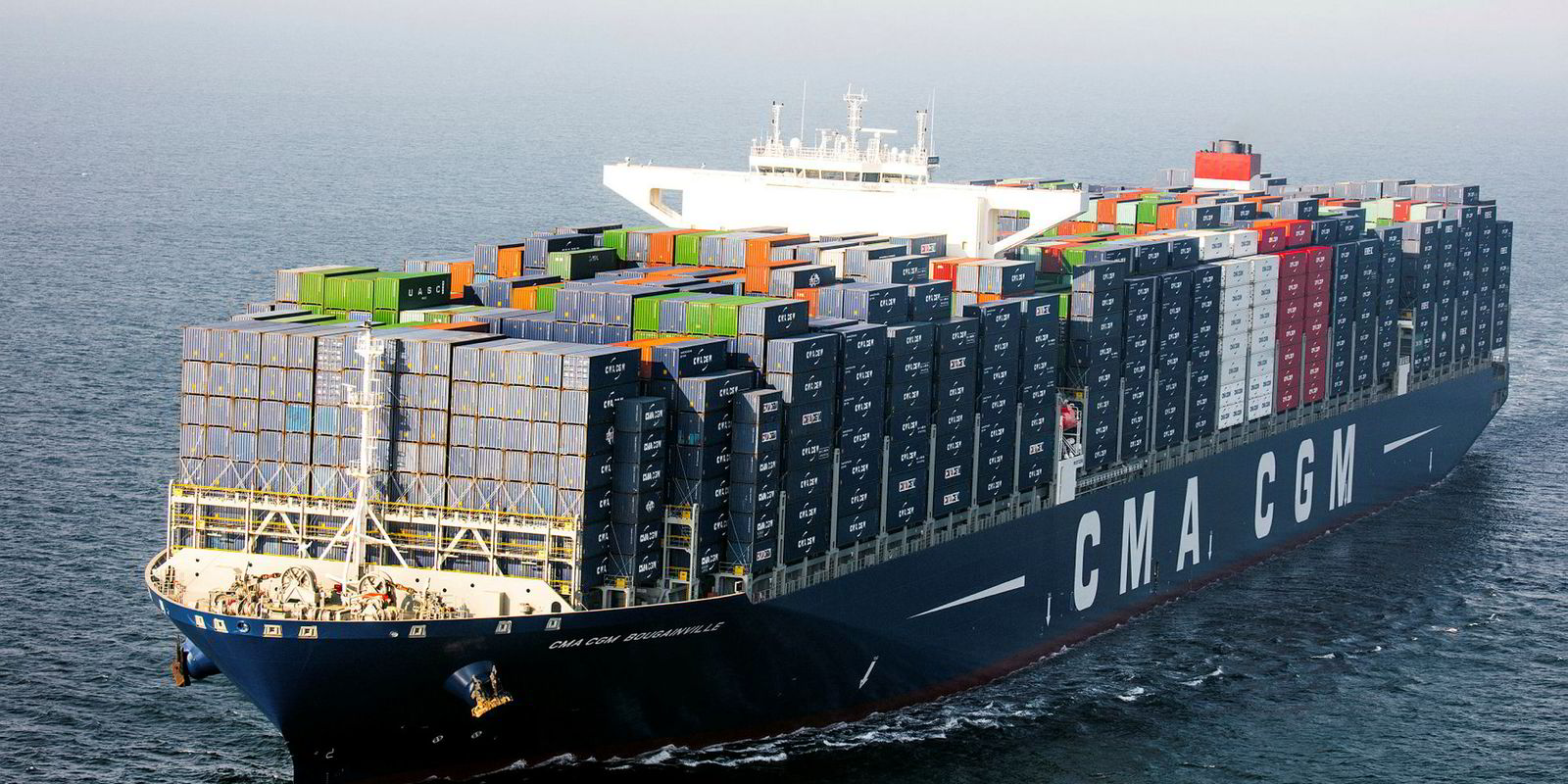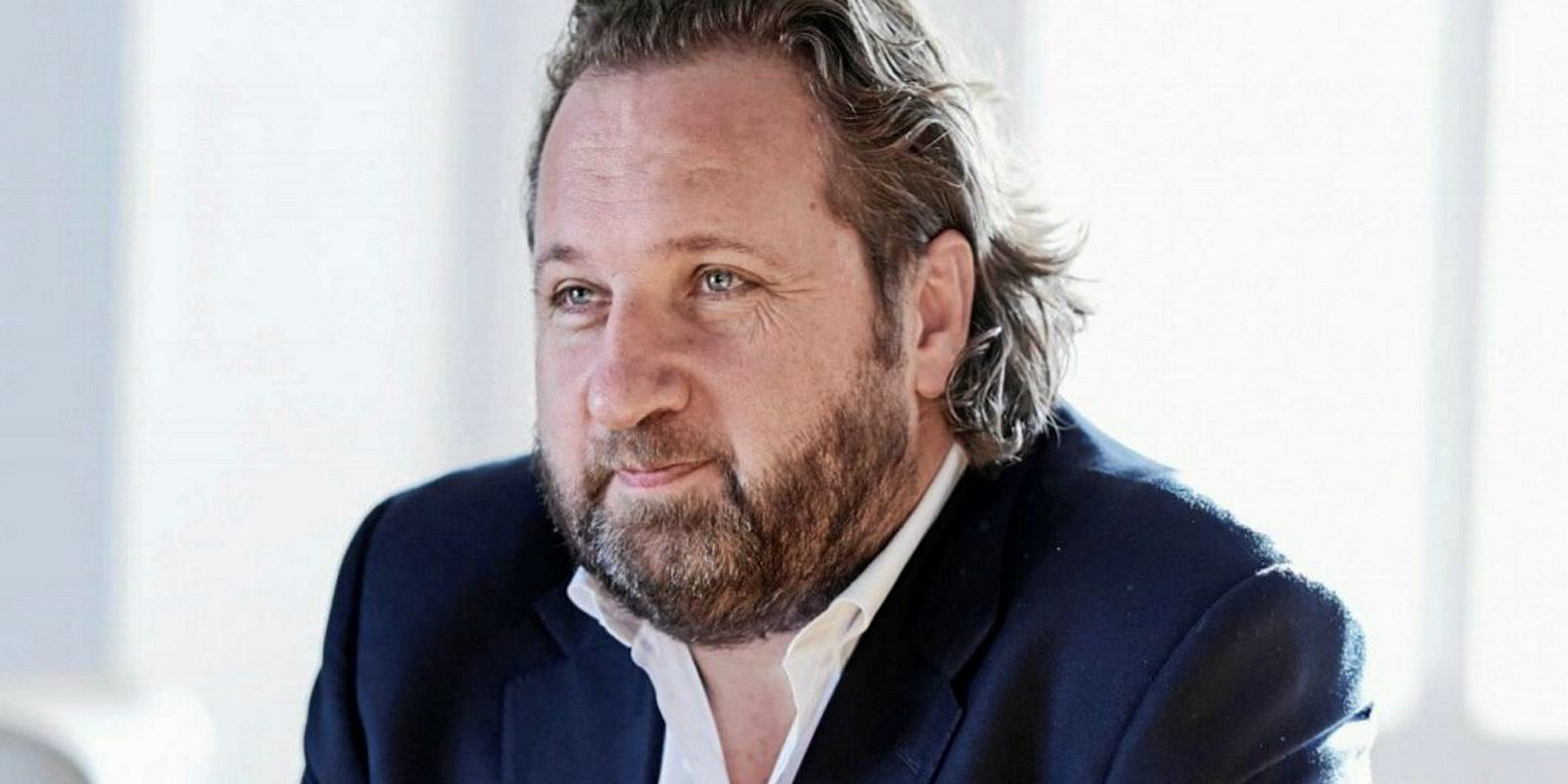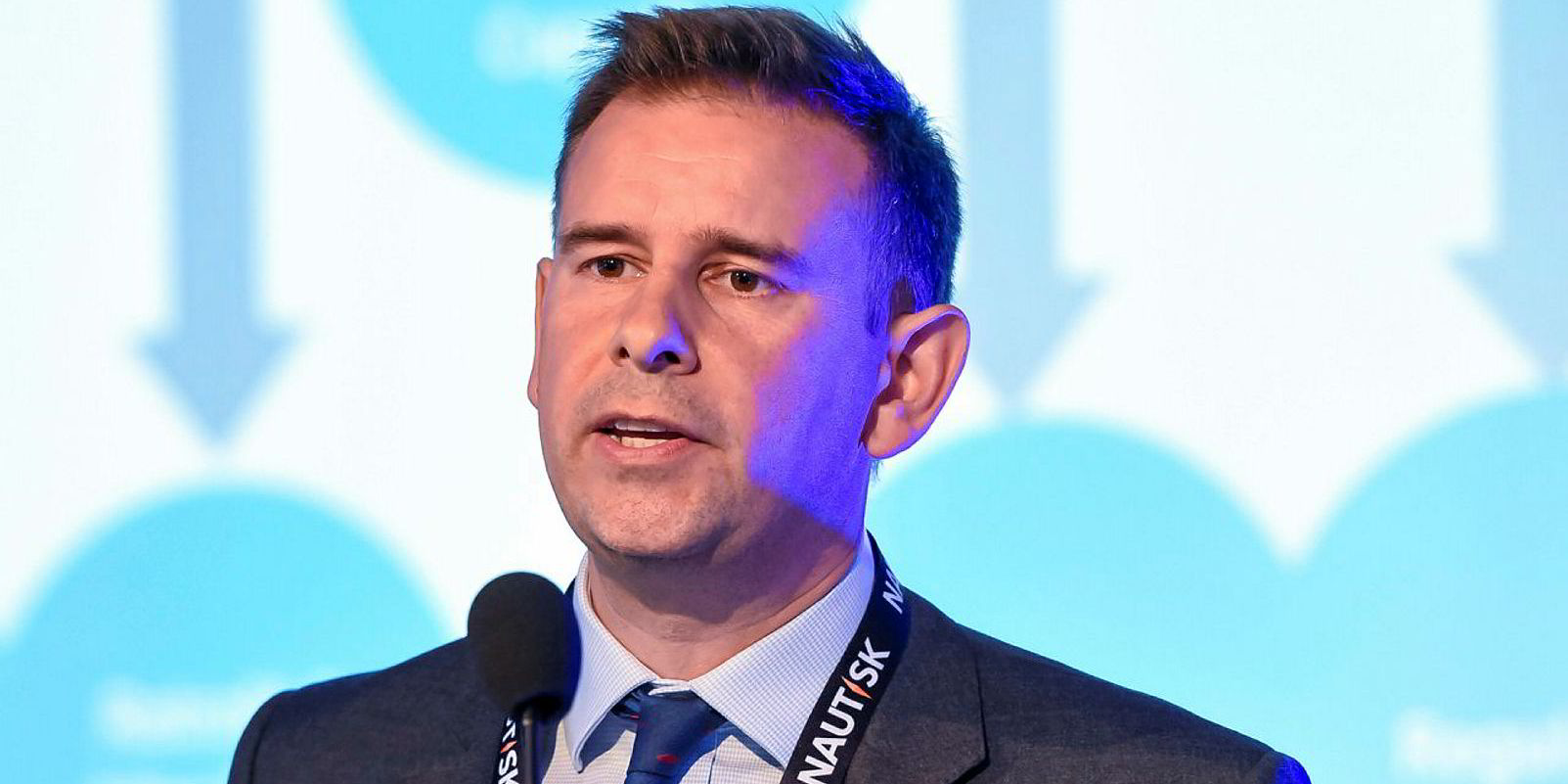Demand for shipping is likely to outstrip supply over the next few years and markets are expected to improve gradually, according to Clarkson Research Services director Trevor Crowe
Crowe said the supply side growth in shipping now looks “more manageable” at an anticipated 1.5-2% over the next couple of years whereas demand is expected to outpace that at around 3%.
He told the HR Consulting’s Maritime HR Conference in London, shipping passed the bottom of the most recent cycle seen in 2016 - although there is still some way to go to get back to healthy markets.
But he said there is now a lot more risk in the world economy and tracking this trend is becoming much more important.
The research director said that while Clarksons projections have Chinese growth slowing, other parts of Asia and India are expected to drive demand for shipping and seaborne trade over the next decade.
US energy in focus
He said the US energy story is another major story in shipping and China’s Belt & Road project is starting to influence.
Crowe came up with an impressive 10 key takeaways for his audience, many of whom were experienced human resources managers working in maritime but with little experience of the sector.
Summarising the position across the markets Crowe said bulkers are looking “pretty weak” and have “fallen backwards starkly” in the year to date.
“Right now the supply-demand balance looks against bulk carriers for this year,” he said.
Crowe said the fundamentals in the tanker sector look good with the market expected to improve later in the year.
Container shipping is looking a little more positive, he said, with its health sitting somewhere between bulkers and tankers.
Offshore is still a “very weak market” but there are positive fundamentals across the gas sector, Crowe said with “a really great story on LNG.”
Crowe said there has been a slow start to shipbuilding this year.
He said Clarksons had originally expected orders to match those logged in 2018 but may have to revise this down slightly.
The research director identified two active sectors on shipbuilding at present.
“LNG is hot right now,” he said, explaining that gas is showing good trade growth.
“The coming of the LNG carrier is firmly with us,” he added, with the LNG carrier fleet set to match that of the VLCC sector in the middle of the next decade.
“The other sector going through a bull run is cruise,” he said, as this business looks to expand outside its traditional passenger base.
He said the industry is likely to see an elevated level of demolition over the next five years, largely driven by new environmental regulations.
Crowe said regulation and technology is going to be one of the most important areas for the industry over the next decade.
Speaking about the incoming IMO 2020 regulations, he said fuel bills for shipowners and operators in 2020 could be twice what they were in 2016.
]This essentially pushes levels back up to where they were in 2012 which Crowe described as “a bit of a kick in the teeth.”
But he said there could also be upsides to the 2020 disruption such the numbers of ships temporarily taken out of service due to scrubber retrofitting, increased demolition, lower service speeds and the increased use of vessels for storage.








